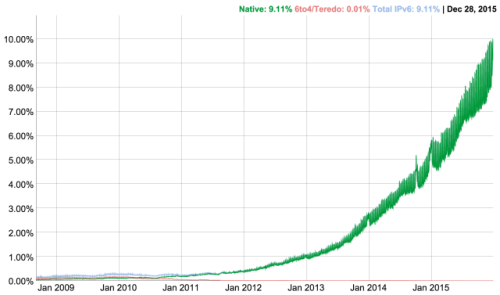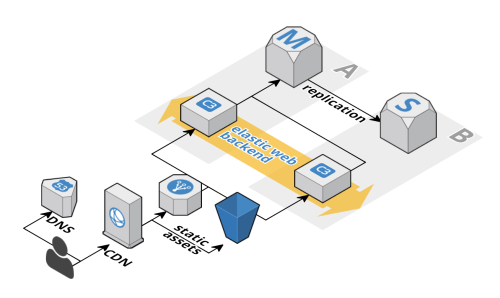This year’s Jetpack annual report for this blog is ready – have a look. Here’s a teaser:

It’s been a busy year, so I haven’t been blogging as much as I wanted to, but overall, I think I did good (have a look at 2014 and 2013). Just to give you a quick comparison:
| Metric |
2013 |
2014 |
2015 |
| Visitors |
58,000 |
81,000 |
96,000 |
| Posts |
560 |
628 |
541 |
I blog mostly for myself, but it’s nice to see a slight grow in traffic. Although the fact that the most popular post in this blog throughout the years – how to check Squid proxy version – is a little concerning, yet funny. Well, at least people still find my “Vim for Perl developers” useful, even though it’s been more than 10 years since I wrote that (and probably five years since I promised to update it soon).
But as I said, I’m quite satisfied with my blogging this year. Hopefully I can continue to do the same in 2016.


